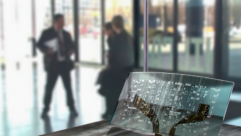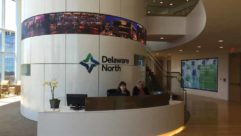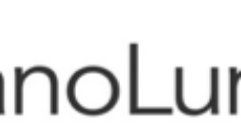Techorating
Oct 17, 2011 9:51 AM,
by Jonathan Brawn
What is “techorating?” I wish I could claim to have invented the term, but credit for that goes to television designer Doug Wilson; he coined the term in 2008 to describe the emerging relationship between integrated display technologies and home décor. Over the last couple of years we have seen techorating migrate to commercial applications as well as digital signage, and this trend is set to continue—both as a driver in system and product design, but also as a new influence on the budgeting and decision-making chain.
Techorating is the blending of modern display technologies with the art of decorating a space to ensure that the design and electronics suit the style and function of the space. The successful “techoration” of a space can serve as a functional and decorative part of the system, and in the process, expand the look and feel of the environment.
This is a new way of thinking about the use of AV as art and decoration as well as—or even instead of—information and communication. It expands the possibilities for the design and user experience of AV, and it expands the applicable budgets that can be drawn upon to fund it.
At the Cosmopolitan Hotel in Las Vegas, for example, AV is an integral part of the décor and style of the space. In some cases, it has no purpose other than art. But it represents a significant commitment on the part of the hotel. The hotel is branding themselves on the strength of media art—commissioning works from notable video artists and using the gear to maximize the experience, both its public spaces and in the rooms. The look and ambience of that hotel would not have been possible five years ago. But now a flatpanel display is inexpensive enough, and comes in enough sizes and aesthetics to change the game. It can carry motion, animation, and you can switch it: It can be dynamic art, and as the Cosmopolitan proves, it can be a signature décor and ambience.
Trends in lighting are going this way as well. LEDs have helped quite a bit to advance this trend, and we’re seeing indirect lighting that can be color controlled, as in, “Tomorrow I’m thinking purple.”
Techorating provides a way to draw people in and feel more entertained and dynamically engaged. From there, the opportunity to communicate also expands. By integrating technology in a pervasive way into the space, you have a larger canvas and the opportunity to make more parts of it interactive in a more appealing way.
This approach also changes the decision-making chain and potentially the financing of AV budgets. People are spending money on decorating anyway, especially in a public space. Think about how carefully furnished hospitality and retails spaces are; it’s part of the branding and marketing. Interior designers are starting to understand how to paint with light, or warping with projectors, and building those ideas into their designs and budgets.
As AV professionals, we have to get a lot more comfortable working with architects and designers. We’re often an afterthought. How to change that? Start bringing your technology to the table with these types of concepts identified—don’t just talk tech; talk about design, image, and user experience. Build a strong presence in the architectural community and seek out interior designer partnerships in order to get early access to business. The future opportunity could be a simple as ending up in an elevator with the interior designer and not being tongue-tied. We can’t afford to be ignorant about this.
Jonathan Brawn teaches a class on techorating at the E4 AV Tour in New York on Oct. 27. Visit www.almoproav.com/Events/e4 for more details.









